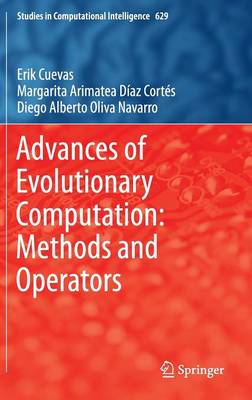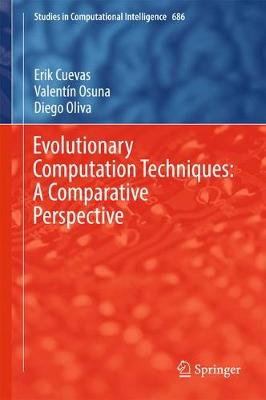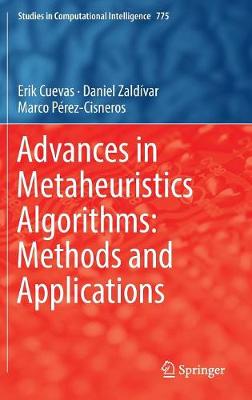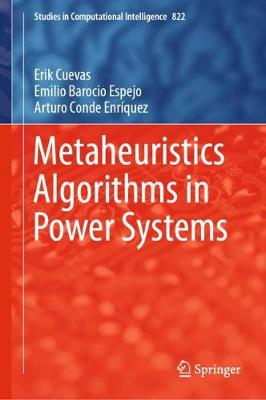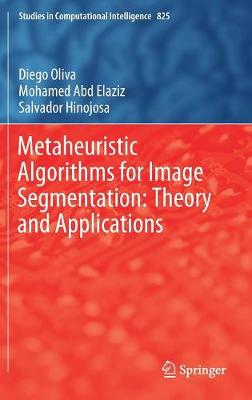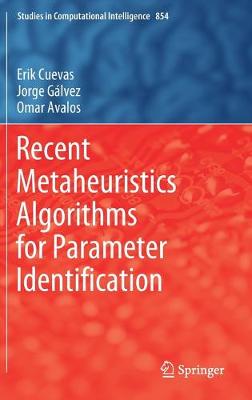Studies in Computational Intelligence
7 primary works
Book 629
Advances of Evolutionary Computation: Methods and Operators
by Erik Cuevas, Margarita-Arimatea Diaz-Cortes, and Diego Alberto Oliva Navarro
The goal of this book is to present advances that discuss alternative Evolutionary Computation (EC) developments and non-conventional operators which have proved to be effective in the solution of several complex problems. The book has been structured so that each chapter can be read independently from the others. The book contains nine chapters with the following themes: 1) Introduction, 2) the Social Spider Optimization (SSO), 3) the States of Matter Search (SMS), 4) the collective animal behavior (CAB) algorithm, 5) the Allostatic Optimization (AO) method, 6) the Locust Search (LS) algorithm, 7) the Adaptive Population with Reduced Evaluations (APRE) method, 8) the multimodal CAB, 9) the constrained SSO method.
Book 686
Evolutionary Computation Techniques: A Comparative Perspective
by Erik Cuevas, Valentin Osuna, and Diego Oliva
Book 775
Advances in Metaheuristics Algorithms: Methods and Applications
by Erik Cuevas, Daniel Zaldivar, and Marco Perez-Cisneros
Book 822
Metaheuristics Algorithms in Power Systems
by Erik Cuevas, Emilio Barocio Espejo, and Arturo Conde Enriquez
Book 825
Metaheuristic Algorithms for Image Segmentation: Theory and Applications
by Diego Oliva, Mohamed Abd Elaziz, and Salvador Hinojosa
Book 854
Recent Metaheuristics Algorithms for Parameter Identification
by Erik Cuevas, Jorge Galvez, and Omar Avalos
Book 948
Recent Metaheuristic Computation Schemes in Engineering
by Erik Cuevas, Alma Rodriguez, Avelina Alejo-Reyes, and Carolina Del-Valle-Soto
This book includes two objectives. The first goal is to present advances and developments which have proved to be effective in their application to several complex problems. The second objective is to present the performance comparison of various metaheuristic techniques when they face complex optimization problems. The material has been compiled from a teaching perspective. Most of the problems in science, engineering, economics, and other areas can be translated as an optimization or a search problem. According to their characteristics, some problems can be simple that can be solved by traditional optimization methods based on mathematical analysis. However, most of the problems of practical importance in engineering represent complex scenarios so that they are very hard to be solved by using traditional approaches. Under such circumstances, metaheuristic has emerged as the best alternative to solve this kind of complex formulations. This book is primarily intended for undergraduate and postgraduate students. Engineers and application developers can also benefit from the book contents since it has been structured so that each chapter can be read independently from the others, and therefore, only potential interesting information can be quickly available for solving an industrial problem at hand.
